Generally speaking, Canada is a safe country. However, you should still be prepared for the things that could go wrong, especially if you want to spend time in more remote parts of the country. Here are our top tips to help keep you safe throughout your exploration of Canada’s great outdoors.
1. Check for wildfires
Unfortunately, wildfires are pretty much guaranteed to happen every summertime, and the intensity of wildfire season is only getting worse each year. If you’re planning to travel between June and September (which is likely, as this is the high season for tourism), there’s a good chance you could encounter a wildfire.
The official government website has an interactive map, which you can use to check if the area you want to visit has any active wildfires. If it does, the map will state if the fire is considered under or out of control. Use relevant provincial websites (e.g. Ontario.ca, DriveBC, TravelAlberta, etc.) to check for road closures, air quality reports, and travel advisories. If you are caught out by wildfires, follow the government instructions for evacuation.
To avoid wildfires, plan your trip for shoulder seasons (e.g. May or October) when the risk is much lower. Alternatively, spend your summer in Canada by the coast, staying away from forests and national parks.
2. Learn bear safety
Canada is home to multiple species of bears. Unless you’re heading up north, you probably won’t need to worry about polar bears, but sightings of grizzly and black bears are common. It’s important not to be scared of possible bear sightings, but also to know what to do if you do have an encounter. Follow the guidelines laid out by Parks Canada on how to avoid bear sightings and, in the unlikely event of attack, how to fend off a bear.
First, prevention is key. Making lots of noise while hiking, travelling in groups, sticking to official paths, and looking for signs bears are in the area (droppings, tracks, etc.) are all top tips from Parks Canada. Ensure you safely lock up and dispose of your food.
If you do encounter a bear, try to stay calm, as panicking is more likely to scare the bear. Unprovoked attacks are incredibly rare; usually, bears only attack in self-defence. Carry bear spray—more importantly, read this article from Parks Canada to know how to use it effectively!
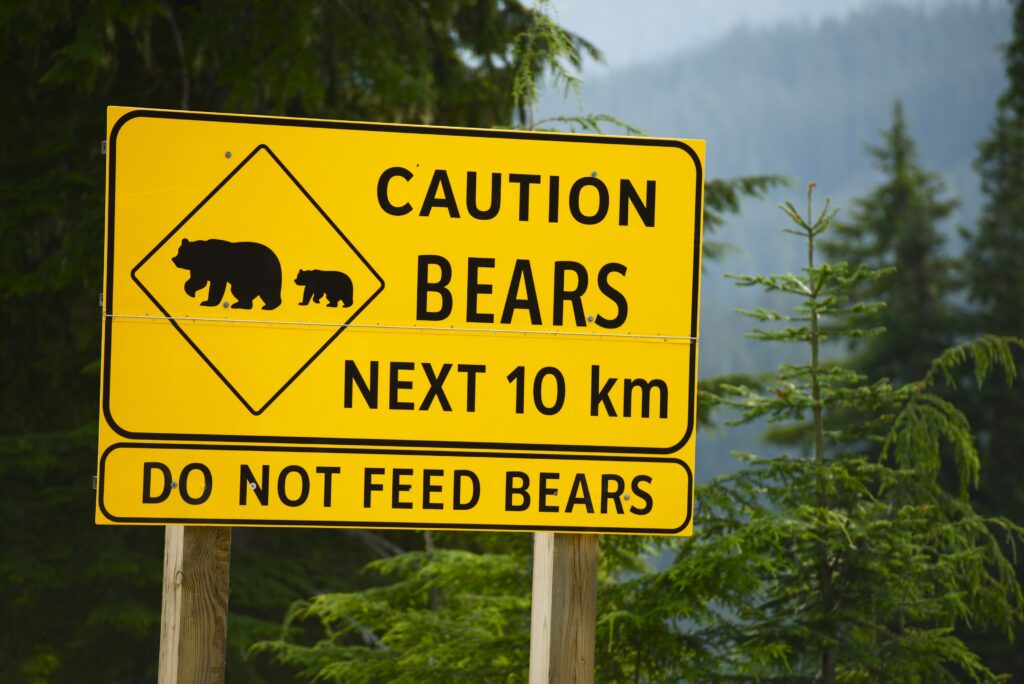
3. Respect all wildlife
It’s not just bears you need to watch out for. You might not consider mammals like deer and moose to be a typical threat, but they are a real risk to your safety. If you hit one with your car, you could cause serious damage to yourself, the vehicle, and others on the road.
Stick to the speed limit and watch for road signs signalling an increased likelihood of animal crossings. Try to avoid driving through remote areas at night, dusk and dawn, when animal activity is at its highest. Never abandon your car in the middle of the road to wildlife watch; only stop if it is safe to pull over.
Approaching wild animals on foot can lead to bites or attacks. For example, during mating season, male elk become violent and can charge. Coyotes can be aggressive towards dogs and small children. Offering food is irresponsible not just because it puts you at risk; it also causes great harm to the animal. If you see wildlife and want to take a photo, do so from a safe distance with a zoom lens. Never try to pet or interact with a wild animal.
4. Use snow gear in winter
If you’re new to Canada, you probably won’t be used to the harsh winters. Don’t go out without proper equipment—thermal layers, snowshoes, wool socks, mittens, a down coat, etc.
If you’re travelling by car, many areas require you to equip your vehicle with snow tyres and carry snow chains. Always keep a survival kit in the car (blankets, food, water, a radio, etc.). If you’ve never driven in the snow before, consider taking some lessons before setting off on your own.
Depending on your plans (e.g. if you’re backcountry hiking or skiing in the mountains), you may also want to take some lessons in survival and first aid. For example, you can train for how to handle situations like avalanches, hypothermia, frostbite, falls on ice, and so on.
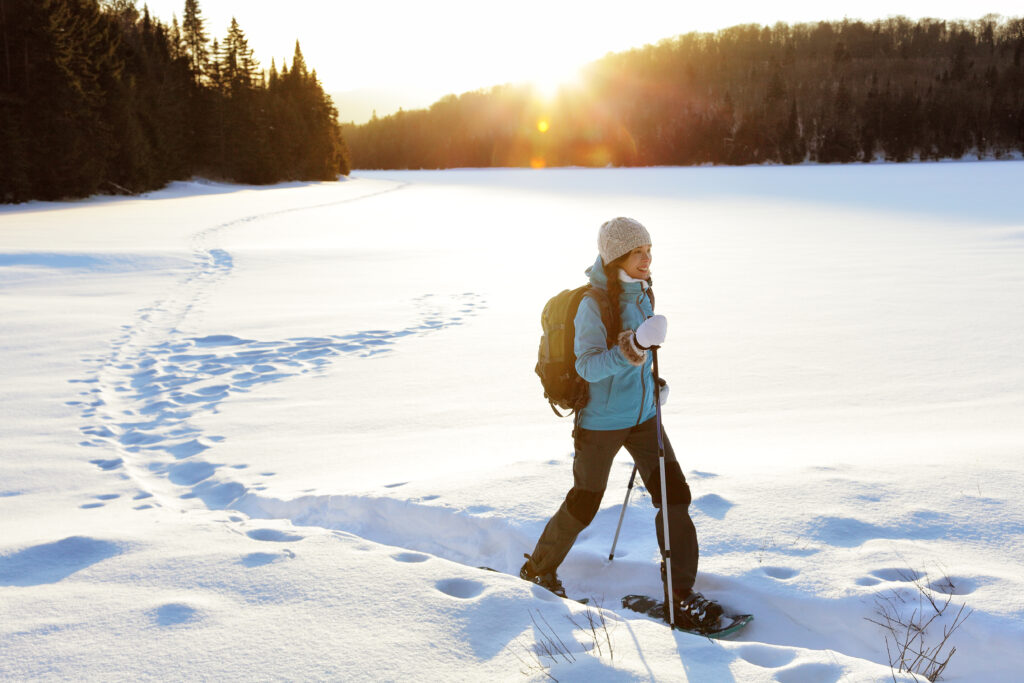
5. Hike within your comfort zone
To explore the beautiful scenery that Canada is so famous for, you’ll want to hit the hiking trails. However, it’s important not to underestimate the potential difficulties. Trails that can sound short and easy may be harder than expected based on their terrain or elevation. You may encounter river crossings and rock scrambles, or you may need to climb using ropes and pulleys.
Learn how to interpret Parks Canada’s trailhead difficulty ratings here. You should also check trail conditions before setting off; bad weather or closures may impact your ability to complete a hike. Always make sure you have the appropriate gear—proper hiking boots, breathable layers, plenty of water and snacks, suncream and bug spray, and so on. Don’t be afraid to turn back or skip a planned hike if it turns out to be more challenging than you anticipated. Never attempt to carry on with a hike that is outside of your limits!
Everyone, but especially if you’re hiking alone, should share your planned route and estimated return time with a trusted loved one. If you’re travelling solo, you’ll find more tips in Top 10 safety tips for solo travellers.
6. Prepare for the backcountry
Some of the best untouched nature can be found in Canada’s backcountry. However, if you plan on straying from popular tourist routes, you must be fully prepared for the wilderness.
Follow the rules laid out by Parks Canada, e.g. whether you need to sign in at the visitor’s centre before embarking on a hike, if you need to reserve a campsite in advance, if a backcountry permit is required, etc.
If you’re not experienced with backcountry trails, consider a guided tour for your first adventure. Not only will you be kept safe, you’ll also learn a lot of fun facts about the local area!
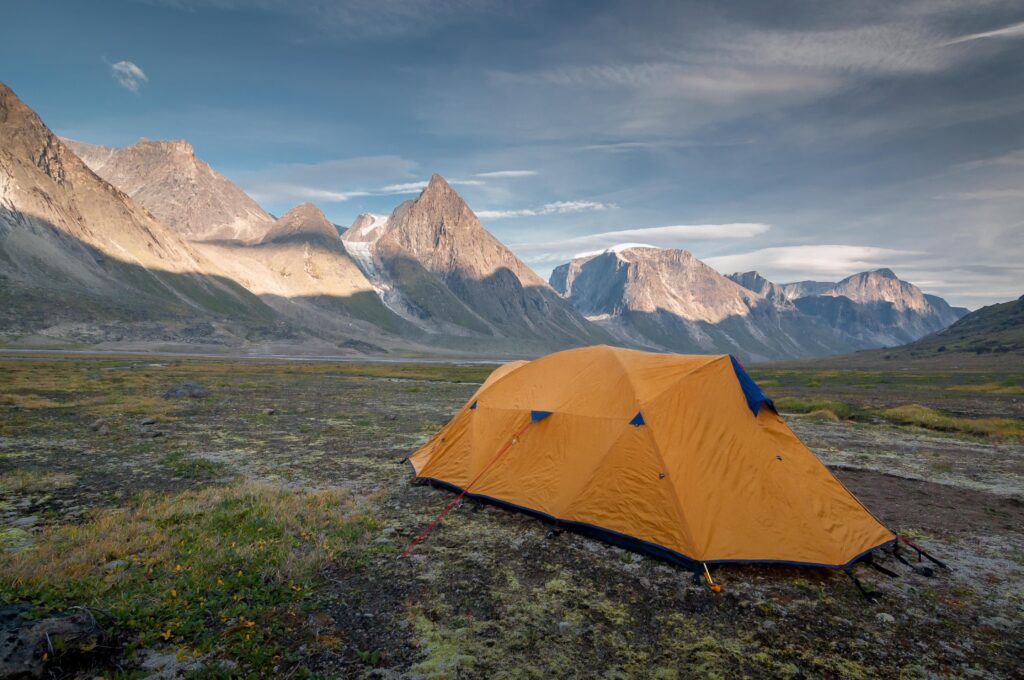
7. Know emergency protocol
In the unlikely event that you encounter a safety issue, make sure you know how to respond in an emergency situation. To learn more, read Living in Canada: What to do in the event of emergencies and health problems.
Make sure you have travel health insurance before venturing into the great outdoors. Pvtistes.net has been recommending
Globe WHV since 2005. They have covered thousands of travellers over the years.

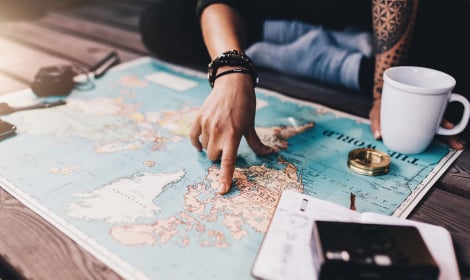










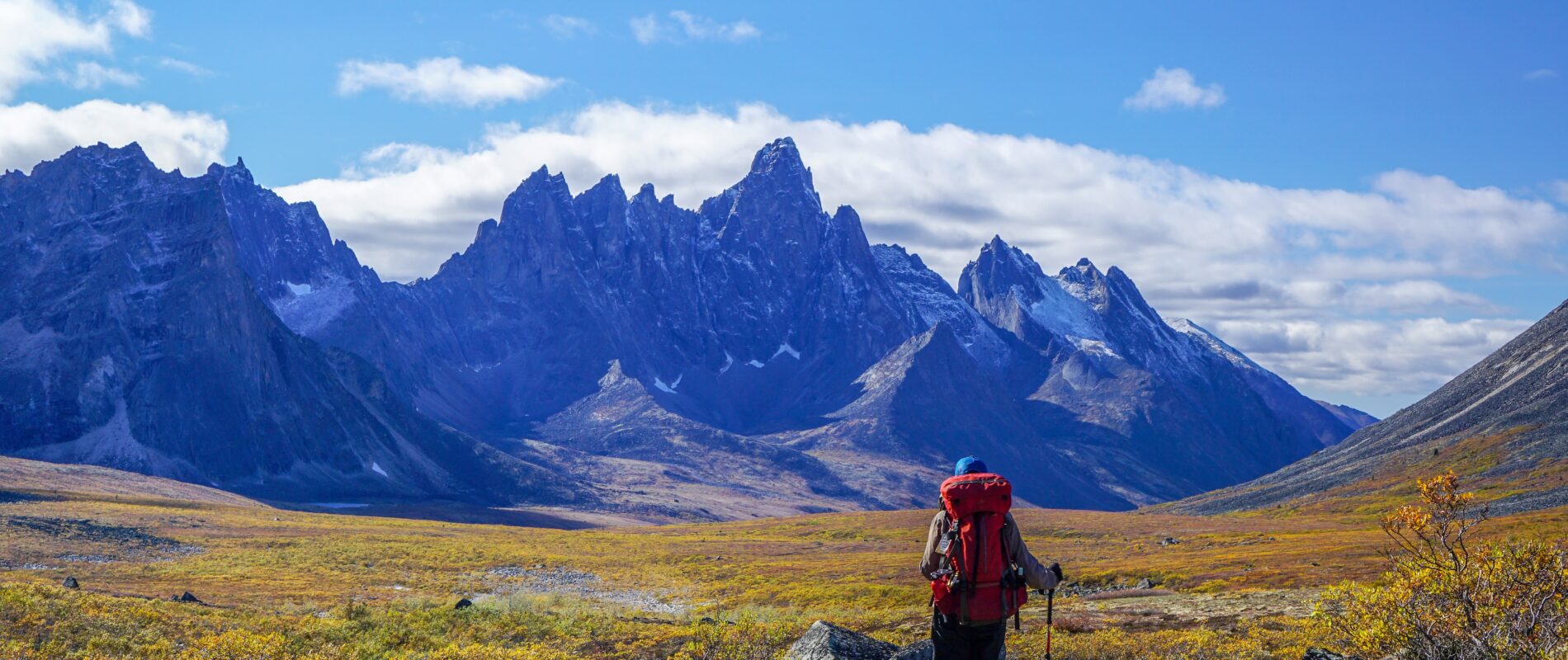





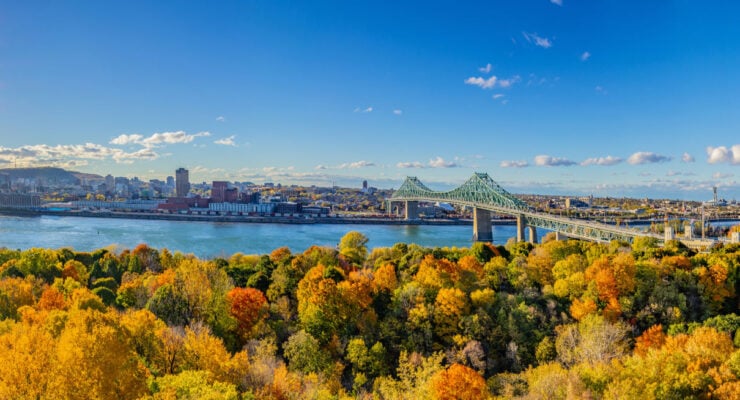
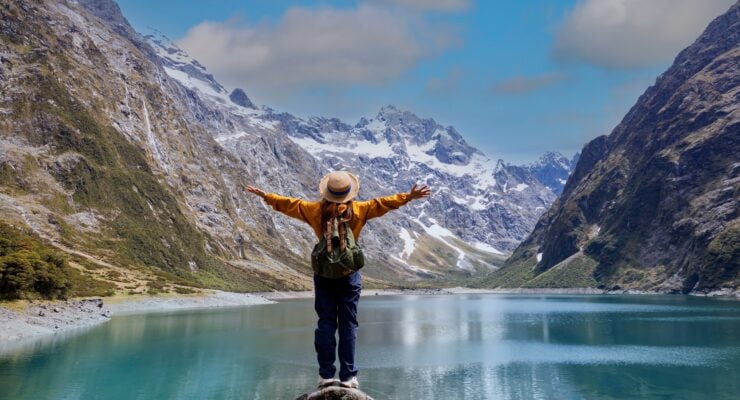
0 comments
{{like.username}}
Loading...
Load more